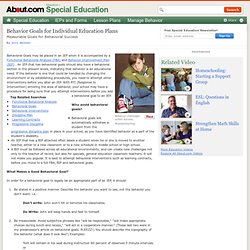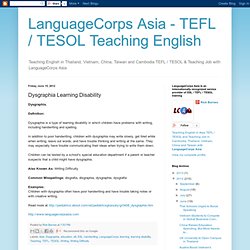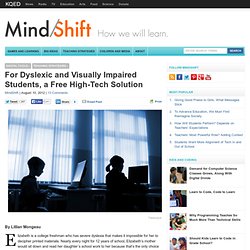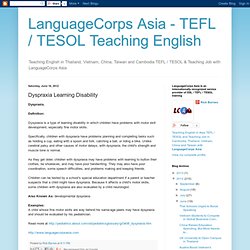

IEP Goals for Behavior Plans. Behavioral Goals may be placed in an IEP when it is accompanied by a Functional Behavioral Analysis (FBA) and Behavior Improvement Plan (BIP) .

An IEP that has behavioral goals should also have a behavioral section in the present levels, indicating that behavior is an educational need. If the behavior is one that could be handled by changing the environment or by establishing procedures, you need to attempt other interventions before you alter an IEP. With RTI (Response to Intervention) entering the area of behavior, your school may have a procedure for being sure that you attempt interventions before you add a behavioral goal to an IEP. Why avoid behavioral goals? Behavioral goals will automatically withdraw a student from the progressive discipline plan in place in your school, as you have identified behavior as a part of the student's disability. What Makes a Good Behavioral Goal? In order for a behavioral goal to legally be an appropriate part of an IEP, it should:
Symptoms and Signs of ADHD - Attention Deficit Hyperactivity Disorder. iPads and Special Educational Needs. Dysgraphia Learning Disability. Dysgraphia.

Definition: Dysgraphia is a type of learning disability in which children have problems with writing, including handwriting and spelling. In addition to poor handwriting, children with dysgraphia may write slowly, get tired while when writing, leave out words, and have trouble thinking and writing at the same. They may especially have trouble communicating their ideas when trying to write them down.
Children can be tested by a school's special education department if a parent or teacher suspects that a child might have dysgraphia. Also Known As: Writing Difficulty Common Misspellings: disgrafia, disgraphia, dysgraphie, dysgrafia Examples: Children with dysgraphia often have poor handwriting and have trouble taking notes or with creative writing. Read more at. Apps for Dyslexia and Learning Disabilities.
For Dyslexic and Visually Impaired Students, a Free High-Tech Solution. Digital Tools Teaching Strategies Thinkstock By Lillian Mongeau Elizabeth is a college freshman who has severe dyslexia that makes it impossible for her to decipher printed materials.

Nearly every night for 12 years of school, Elizabeth’s mother would sit down and read her daughter’s school work to her because that’s the only choice they had. But a few months before starting college, Elizabeth discovered an online library called Bookshare.org, run by a small non-profit called Benetech. “My life changed as I entered the world of accessible literature,” Elizabeth wrote on Bookshare’s blog. For Elizabeth and the millions of students who are “print disabled” — meaning they have trouble reading because of dyslexia or vision impairment — many textbooks are not available in an audio format or in any other format that’s easily accessible.
“I would hear about a book and remember thinking, ‘I wish I could read that,’ knowing it might be available in a year and a half. Related. Dyspraxia Learning Disability. Dyspraxia.

Definition: Dyspraxia is a type of learning disability in which children have problems with motor skill development, especially fine motor skills. Specifically, children with dyspraxia have problems planning and completing tasks such as holding a cup, eating with a spoon and fork, catching a ball, or riding a bike.
Unlike cerebral palsy and other causes of motor delays, with dyspraxia, the child's strength and muscle tone is normal. As they get older, children with dyspraxia may have problems with learning to button their clothes, tie shoelaces, and may have poor handwriting. Children can be tested by a school's special education department if a parent or teacher suspects that a child might have dyspraxia. Also Known As: developmental dyspraxia Examples:A child whose fine motor skills are way behind his same-age peers may have dyspraxia and should be evaluated by his pediatrician.
Read more at. Special Needs Apps.